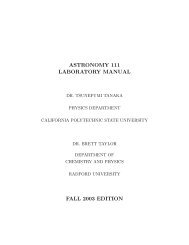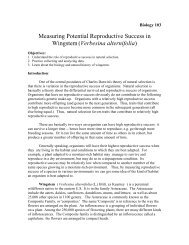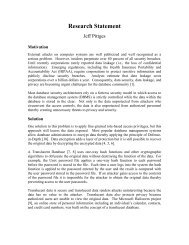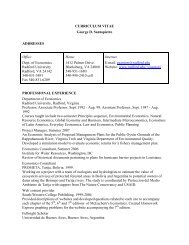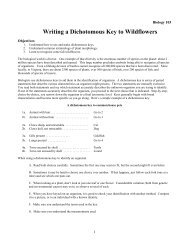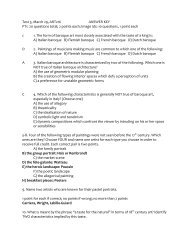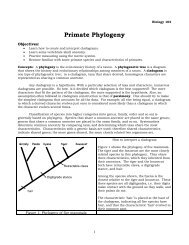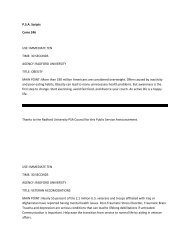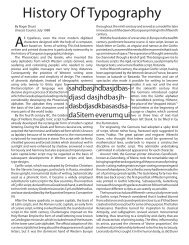Create successful ePaper yourself
Turn your PDF publications into a flip-book with our unique Google optimized e-Paper software.
Lab #<strong>10</strong><br />
Archimedes’ Principle and<br />
Physics 111 Specific Heat Capacity Name:<br />
2. [32 pts total] Specific heat capacity ‘c’: Q=mcΔT. In this part of the <strong>lab</strong>, you will put a heated<br />
unknown material in a water-filled container and measure its heat capacity.<br />
[6 pts] Initial Data (before adding hot unknown)<br />
Mass of empty aluminum container<br />
Mass of container filled ¾ full with water<br />
Initial temperature of water and container<br />
Take your unknown from the hot water and quickly place it in your container.<br />
[6 pts] Final Data (after adding hot unknown)<br />
Temperature of hot unknown in boiling water<br />
Final temperature of water, container and unknown<br />
(after placing unknown in water and T has stabilized)<br />
Mass of unknown (after removal from container)<br />
A. Calculate the following, showing your work clearly.<br />
a. [4 pts] Find the magnitude of the heat energy gained by your water.<br />
b. [4 pts] Find the magnitude of the heat energy gained by the inner aluminum container.<br />
c. [4 pts] Calculate the magnitude of the heat energy lost by the unknown.<br />
d. d[4 pts] Calculate the specific heat of the unknown material.<br />
e. [4 pts] Identify your material from a table of specific heats. And no, appearance (color) alone<br />
isn’t sufficient. Check your numbers with a staff member.<br />
Archimedes’ Principle and Specific Heat Capacity–2



